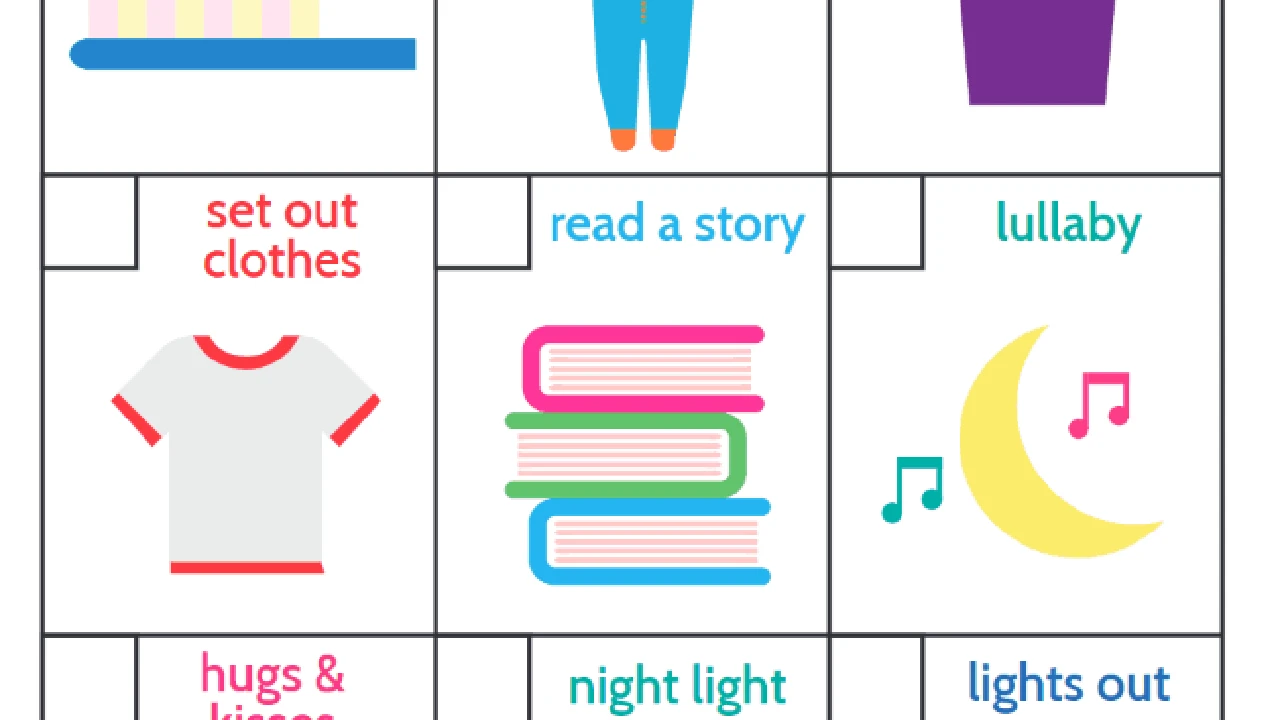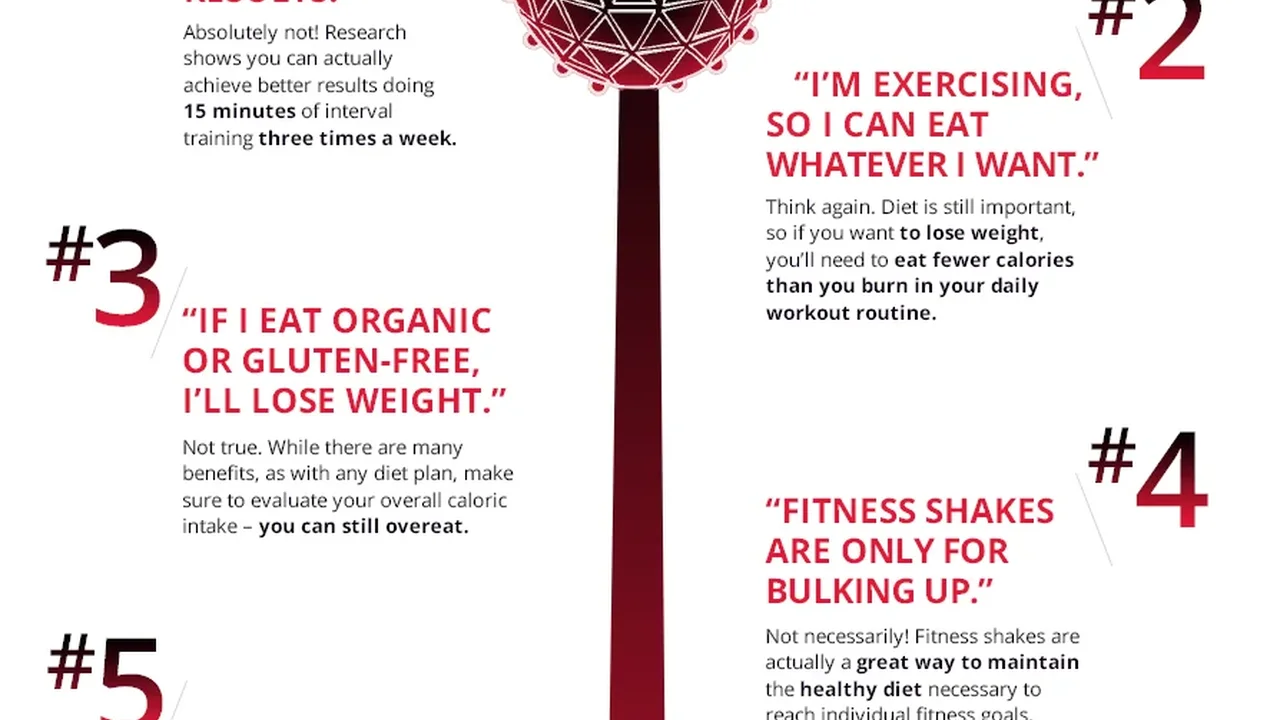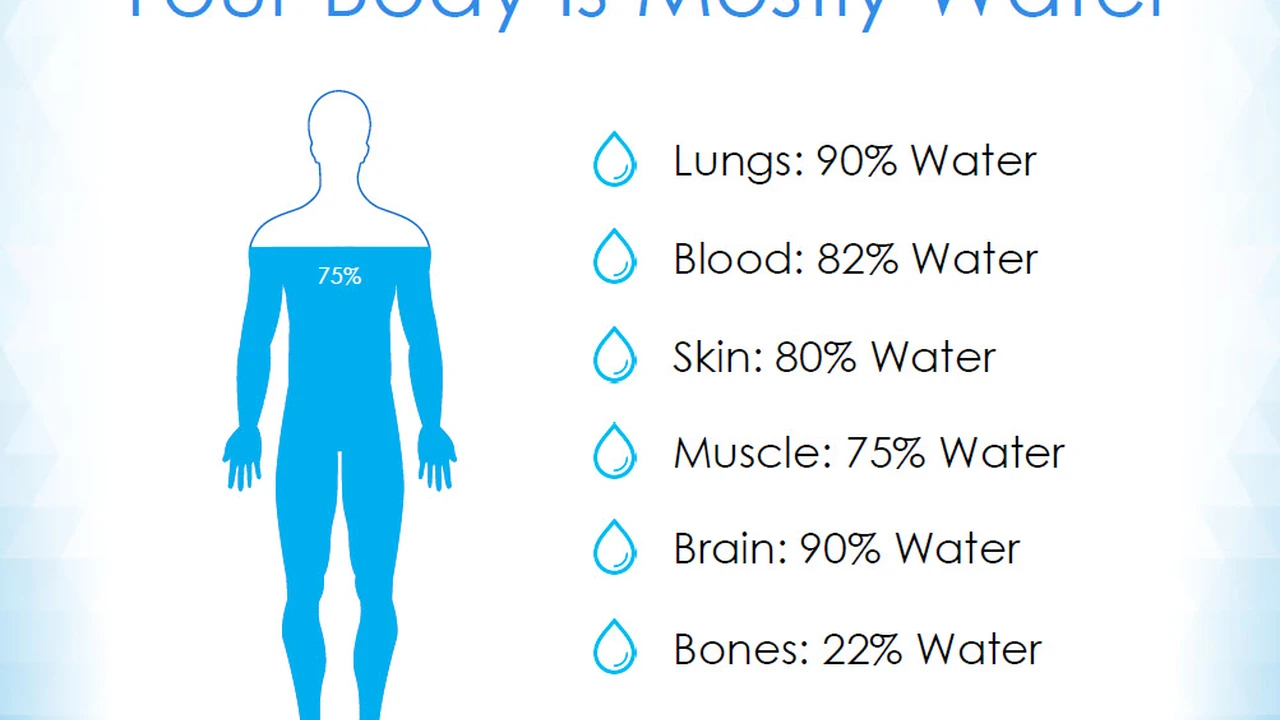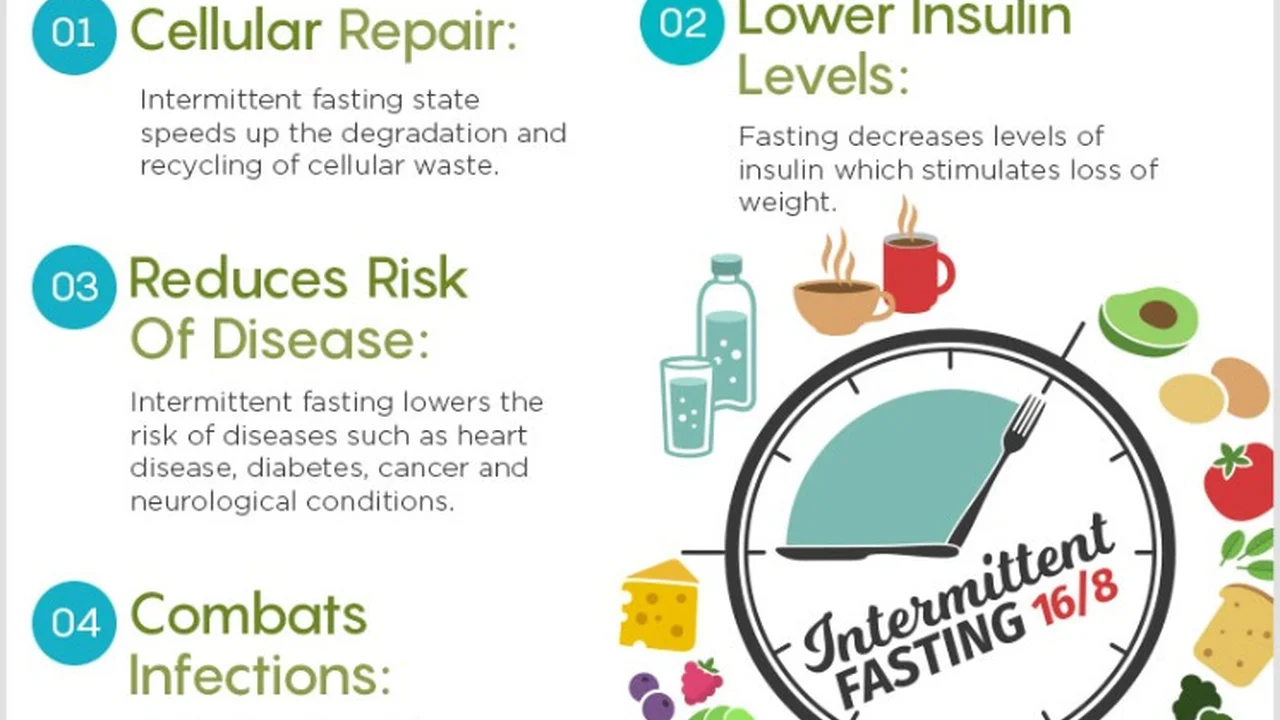Creating a Bedtime Routine: A Step-by-Step Guide
<div class="container <p class="meta-descriptionLearn how to create a sustainable lifestyle and adopt eco-friendly practices. This guide covers essential tips for reducing your environmental impact. Contribute to a healthier planet and improve your well-being with sustainable living.

Understanding Sustainable Living and Its Environmental Impact
Hey everyone! Ever feel like you want to do more for the planet but aren't sure where to start? Sustainable living isn't just a buzzword; it's a real way to minimize our environmental footprint and create a healthier, happier world for ourselves and future generations. It's about making conscious choices in our daily lives that reduce waste, conserve resources, and protect ecosystems. From the food we eat to the products we buy, every decision has an impact.
The environmental impact of unsustainable living is staggering. Think about it: deforestation to make way for agriculture, pollution from factories and transportation, and mountains of waste piling up in landfills. These activities contribute to climate change, biodiversity loss, and resource depletion. Sustainable living aims to reverse these trends by promoting practices that are environmentally friendly and economically viable.
So, where do we begin? Let's dive into some practical tips that you can easily incorporate into your daily routine.
Reducing Waste: Eco-Friendly Waste Reduction Strategies
One of the biggest areas where we can make a difference is waste reduction. Landfills are overflowing, and the process of waste disposal releases harmful greenhouse gases into the atmosphere. But fear not! There are plenty of ways to minimize your waste and contribute to a cleaner environment.
The 3 Rs: Reduce, Reuse, Recycle. This is your mantra. Start by reducing your consumption. Ask yourself if you really need that new gadget or if you can repair the one you already have. Choose products with minimal packaging and avoid single-use items whenever possible. Reuse containers, bags, and other items instead of throwing them away. And of course, recycle everything that can be recycled.
Composting: Turn Waste into Treasure. Composting is an amazing way to turn food scraps and yard waste into nutrient-rich soil for your garden. You can compost in your backyard or even in a small container on your balcony. It reduces landfill waste and provides you with a valuable resource for growing your own plants.
Say No to Single-Use Plastics: Embrace Reusables. Plastic pollution is a major environmental problem. Single-use plastics like straws, plastic bags, and disposable coffee cups end up in our oceans, harming marine life and polluting our ecosystems. Make the switch to reusable alternatives. Carry a reusable water bottle, bring your own shopping bags to the grocery store, and invest in reusable coffee cups and food containers.
Conserving Resources: Water and Energy Conservation Tips
Our planet's resources are finite. Conserving water and energy is crucial for ensuring that these resources are available for future generations. Small changes in our habits can have a big impact.
Water Conservation: Every Drop Counts. Water is a precious resource, and we often take it for granted. Take shorter showers, fix leaky faucets, and install low-flow showerheads and toilets. Water your lawn efficiently, and consider using rainwater harvesting systems to collect water for your garden.
Energy Conservation: Power Down and Save. Energy consumption contributes significantly to greenhouse gas emissions. Turn off lights when you leave a room, unplug electronic devices when they're not in use, and switch to energy-efficient appliances. Use natural light whenever possible, and consider installing solar panels to generate your own electricity.
Sustainable Transportation: Choose Eco-Friendly Options. Transportation is a major source of air pollution. Walk, bike, or use public transportation whenever possible. If you need to drive, consider carpooling or investing in a hybrid or electric vehicle. Maintain your vehicle properly to improve fuel efficiency and reduce emissions.
Eco-Friendly Products: Making Sustainable Purchasing Choices
The products we buy have a direct impact on the environment. Choosing eco-friendly alternatives can help reduce pollution, conserve resources, and support sustainable businesses.
Organic and Locally Sourced Food: Support Sustainable Agriculture. Organic farming practices reduce the use of pesticides and fertilizers, which can harm the environment and human health. Locally sourced food reduces transportation emissions and supports local farmers. Visit farmers' markets, join a CSA (Community Supported Agriculture) program, or grow your own food.
Sustainable Home Cleaning Products: Ditch the Chemicals. Conventional cleaning products often contain harsh chemicals that can pollute the environment and harm your health. Choose eco-friendly cleaning products that are made with natural ingredients. You can also make your own cleaning solutions using ingredients like vinegar, baking soda, and lemon juice.
Ethical and Sustainable Clothing: Fashion with a Conscience. The fashion industry is a major polluter. Choose clothing made from sustainable materials like organic cotton, hemp, or recycled fabrics. Support ethical brands that prioritize fair labor practices and environmental responsibility. Buy less clothing and take care of the clothes you already have.
Specific Product Recommendations for Sustainable Living
Okay, let's get down to some specific products that can help you live a more sustainable life. I've included a mix of items, covering different areas of your home and lifestyle.
Water Filtration: The Brita Water Filter Pitcher vs. The Berkey Water Filter
The Problem: Bottled water is a huge environmental problem, creating tons of plastic waste. Tap water, while generally safe, can sometimes contain contaminants or just taste unpleasant.
The Solution: A water filter pitcher is a great way to get clean, great-tasting water without the waste. Two popular options are the Brita Water Filter Pitcher and the Berkey Water Filter.
Brita Water Filter Pitcher:
- Use Case: Perfect for everyday use at home, filtering tap water for drinking and cooking.
- Pros: Affordable, readily available, easy to use, compact.
- Cons: Doesn't filter out as many contaminants as some other filters, filters need to be replaced regularly.
- Price: Around $30 - $50.
Berkey Water Filter:
- Use Case: Ideal for situations where water quality is questionable, like camping, emergencies, or if you have well water.
- Pros: Filters out a wide range of contaminants, including bacteria, viruses, and heavy metals, long-lasting filters.
- Cons: More expensive, larger, requires more setup.
- Price: Around $300 - $400.
Comparison: If you're just looking for a simple way to improve the taste of your tap water and reduce chlorine, the Brita is a great choice. If you're concerned about more serious contaminants or want a filter that can handle questionable water sources, the Berkey is a better investment.
Reusable Food Storage: Stasher Bags vs. Beeswax Wraps
The Problem: Plastic sandwich bags and plastic wrap are convenient, but they create a lot of waste. They're also not very sustainable to produce.
The Solution: Reusable food storage options are a great way to reduce plastic waste in your kitchen. Two popular choices are Stasher Bags and Beeswax Wraps.
Stasher Bags:
- Use Case: Perfect for storing snacks, sandwiches, leftovers, and even freezing food.
- Pros: Durable, easy to clean, dishwasher safe, microwave and freezer safe, airtight seal.
- Cons: Can be a bit pricey upfront, some foods can stain the silicone.
- Price: Around $10 - $20 per bag.
Beeswax Wraps:
- Use Case: Great for wrapping fruits, vegetables, cheese, and covering bowls.
- Pros: Made from natural materials, reusable, biodegradable, beautiful designs.
- Cons: Not suitable for raw meat or fish, needs to be hand-washed, can't be used in the microwave or dishwasher, lifespan is shorter than Stasher bags.
- Price: Around $15 - $25 for a set of three.
Comparison: Stasher Bags are more versatile and durable, making them a good choice for everyday use and freezing. Beeswax wraps are a more natural option and are great for wrapping produce and covering bowls. Consider what you'll be storing most often to decide which option is best for you.
Sustainable Cleaning: Blueland Cleaning Products vs. DIY Cleaning Solutions
The Problem: Conventional cleaning products often come in single-use plastic bottles and contain harsh chemicals that can be harmful to the environment and your health.
The Solution: Switching to sustainable cleaning options reduces plastic waste and minimizes your exposure to harmful chemicals. Two options are Blueland Cleaning Products and DIY Cleaning Solutions.
Blueland Cleaning Products:
- Use Case: A convenient way to get effective, eco-friendly cleaning products delivered to your door.
- Pros: Refillable bottles, concentrated cleaning tablets, effective formulas, pleasant scents, reduces plastic waste.
- Cons: More expensive than conventional cleaning products, requires a subscription.
- Price: Starter kits around $30 - $40.
DIY Cleaning Solutions:
- Use Case: A cost-effective and environmentally friendly way to clean your home using ingredients you probably already have.
- Pros: Very affordable, completely customizable, reduces waste, no harsh chemicals, uses natural ingredients.
- Cons: Requires more effort to make, some formulas may not be as effective as commercial cleaners.
DIY Recipes:
- All-Purpose Cleaner: Mix equal parts white vinegar and water in a spray bottle.
- Glass Cleaner: Mix 1/4 cup white vinegar, 1/2 teaspoon liquid dish soap, and 2 cups water in a spray bottle.
- Toilet Bowl Cleaner: Sprinkle baking soda into the toilet bowl, then pour in 1 cup of white vinegar. Let it fizz for a few minutes, then scrub and flush.
Comparison: Blueland offers a convenient and effective way to switch to sustainable cleaning, while DIY cleaning is a more affordable and customizable option. If you're short on time and prefer a ready-made solution, Blueland is a good choice. If you enjoy experimenting and want to save money, DIY cleaning is the way to go.
Sustainable Living Beyond Products: Other Important Considerations
Sustainable living is about more than just the products you buy. It's about changing your lifestyle to be more environmentally friendly in all aspects of your life.
Support Sustainable Businesses: Choose to support businesses that are committed to sustainability. Look for companies that use sustainable materials, reduce waste, and treat their employees fairly.
Educate Yourself: Stay informed about environmental issues and learn how you can make a difference. Read books, articles, and blogs about sustainability. Attend workshops and seminars to learn new skills.
Spread the Word: Encourage your friends and family to adopt sustainable practices. Share your knowledge and inspire others to make a positive impact on the environment.
Start Small: You don't have to change everything overnight. Start with small, manageable changes and gradually incorporate more sustainable practices into your life. Every little bit helps!
Embrace the Journey Towards a Greener Future
Living a sustainable lifestyle is a journey, not a destination. There will be challenges and setbacks along the way, but don't give up. Every effort you make counts towards creating a healthier and more sustainable world. Let's all commit to doing our part to protect the planet for future generations. You've got this!
:max_bytes(150000):strip_icc()/277019-baked-pork-chops-with-cream-of-mushroom-soup-DDMFS-beauty-4x3-BG-7505-5762b731cf30447d9cbbbbbf387beafa.jpg)






